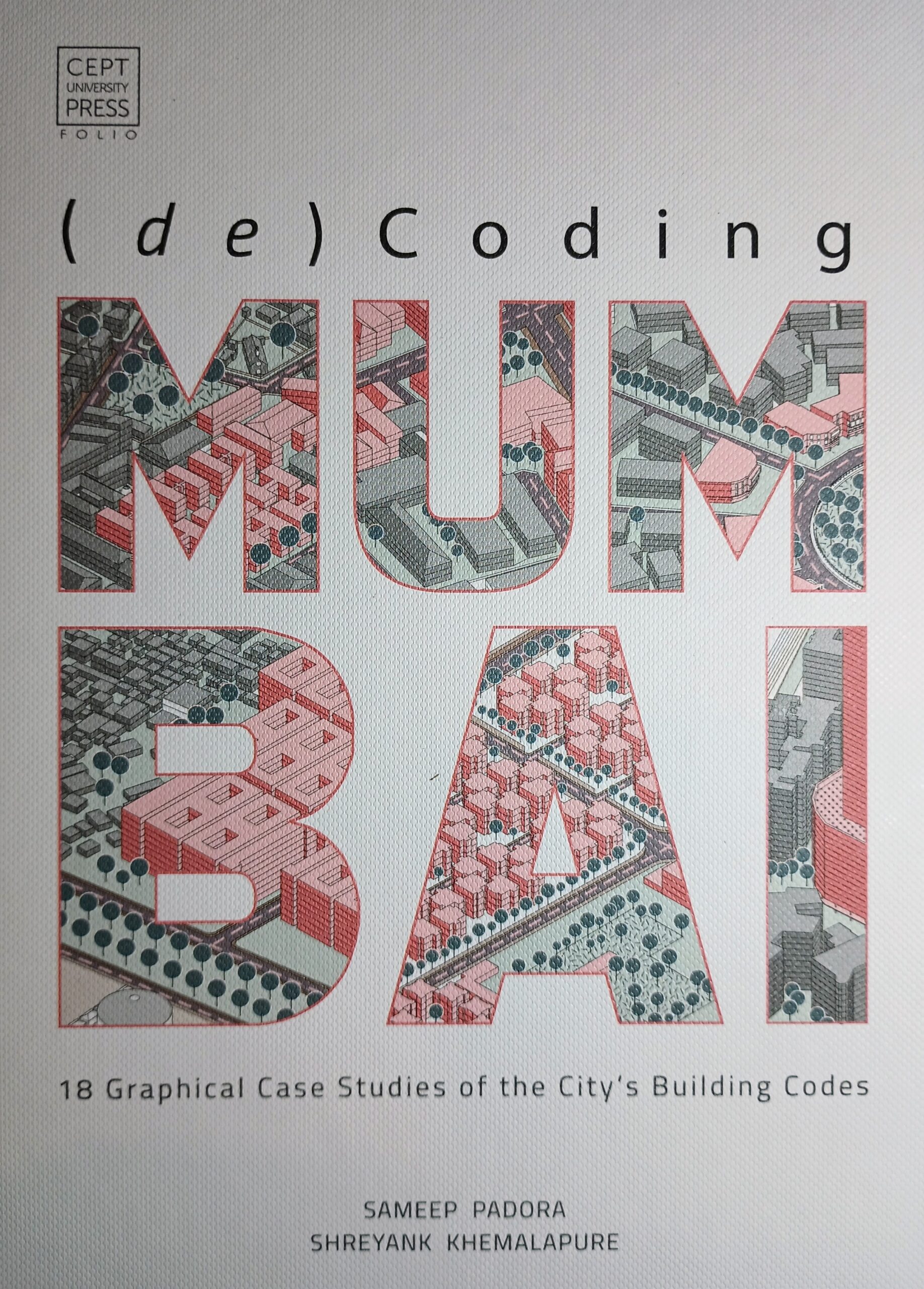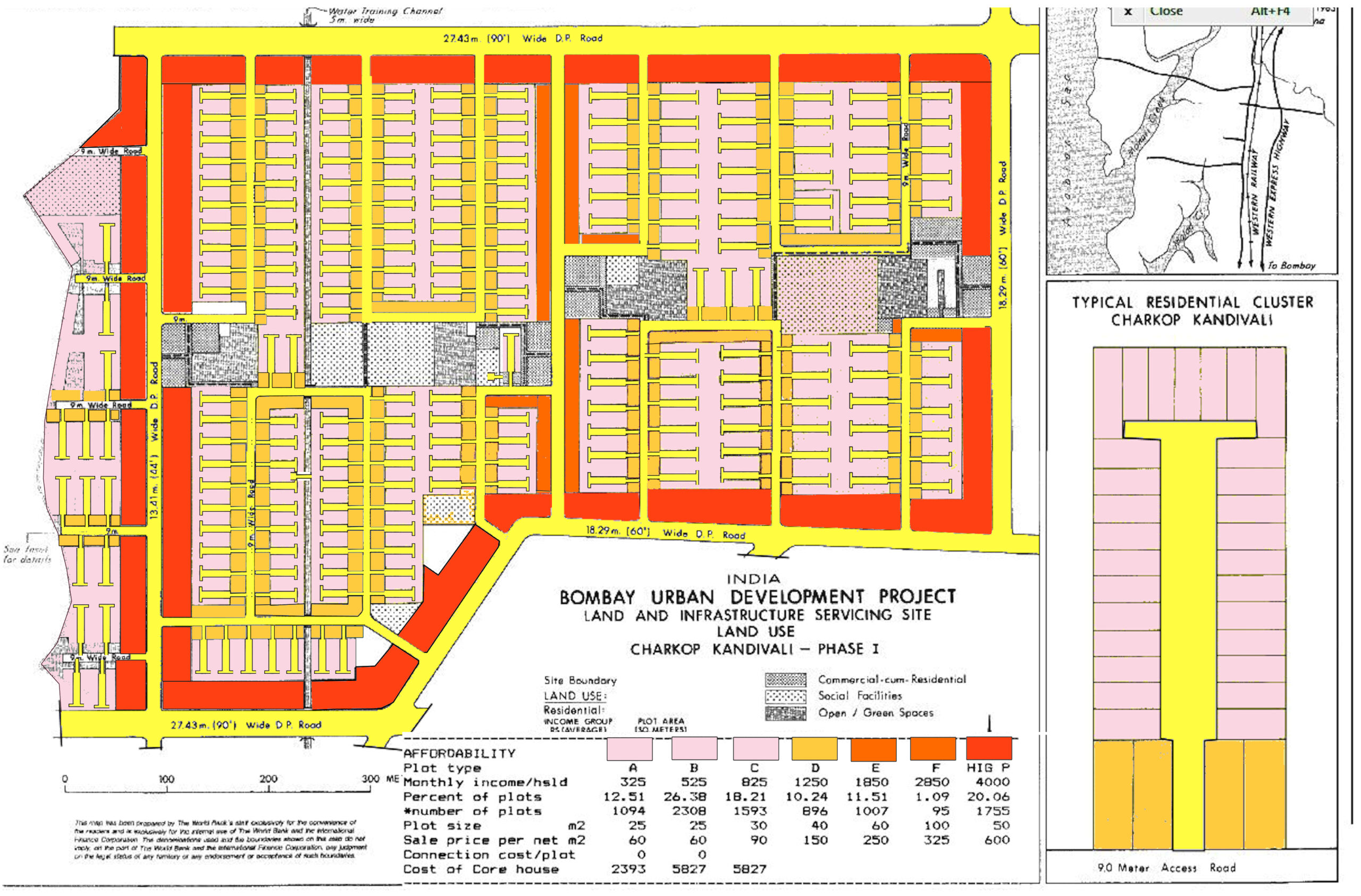Physical Address
304 North Cardinal St.
Dorchester Center, MA 02124
Physical Address
304 North Cardinal St.
Dorchester Center, MA 02124

In Mumbai, there is a specific type of architect who has become the interpreter of regulations and there are those architects who are aestheticians working on building skins. As much as there is convenience in this split, it has taken away a big part of the agency of the architects in the city.

Alain Bertaud revisits a Mumbai development project he helped design in 1983. The neighborhood is thriving.

A 2017 increase in allowed floor area ratio in Mumbai had a tremendous impact on affordability by accidentally improving the economics of smaller apartments.

Zoning regulations inflict great harm. But it is difficult for Americans to imagine the cost of zoning in Indian cities. Delhi is one of the most crowded cities in the world, and there is great demand for floor space. But real estate developers are not allowed to build tall buildings.
Wendell Cox, in his ongoing crusade to prove that everyone hates cities, writes about the suburbanization of Mumbai at New Geography. After reviewing all the statistics, he concludes: Mumbai: Penultimate Density, Yet Representative: The core urban area (area of continuous urban development) of Mumbai represents approximately 80 percent of the larger metropolitan area population. Mumbai is the third most dense major urban area in the world at nearly 65,000 residents per square mile (25,000 per square kilometer), trailing Dhaka (Bangladesh) and Hong Kong. Yet even at this near penultimate density, Mumbai exhibits the general trends of dispersion and declining density that are occurring in urban areas around the world, from the most affluent to the least. In the two Mumbai city districts, as in other megacities, housing has become so expensive that population growth is being severely limited. Overall, the Mumbai larger metropolitan area may also be experiencing slower growth as smaller metropolitan areas outperform larger ones, a trend identified in a recent report by the McKinsey Global Institute. Finally, the over-crowded, slum conditions that prevail for more than one-half of the city’s residents could be instrumental in driving growth to more the distant suburbs of Thane and Raigarh. He never comes out and says it explicitly, but the implication is clear: Market forces are driving people out of Mumbai. But with all this talk about overcrowded slums and high housing prices, Wendell Cox is missing the elephant in the room: land use regulation. Given rent control laws that would make Sheldon Silver blush and a fixed floor-area ratio of 1.33 for even the dense historical island core, how the hell does Wendell Cox expect Mumbai’s core to grow? India’s stifling regulations are legendary, but Cox seems to be floating on a cloud of car exhaust fumes, blissfully unaware of […]